Lubrizol explains why adhering to testing protocols—including laboratory tests, engine tests and field trials—is piv ...
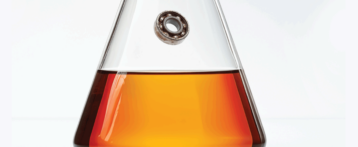
Equipment wear can be quite costly. How can routine testing and proper maintenance help to ease the burden?

The European Automobile Manufacturers Association on Sept. 12 announced it revised its ACEA Engine Oil Sequences for lig ...

The American Petroleum Institute, the United States-based hydrocarbons industry standards association, said there is an ...

How do regulatory bodies ensure the continuity of licensing when an engine or bench test fails?

The American Petroleum Institute announced that an engine sequence test included in most active North American passenger ...
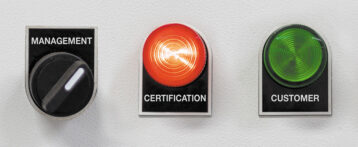
Lubricant analysis is vital for companies looking to keep expensive and vital equipment in the best shape possible. Euro ...

Malaysia will be revising its engine oil standards to include American Petroleum Institute performance specifications an ...

North America’s automotive and lubricant industries are continuing their steady march to lower viscosity grades for ga ...
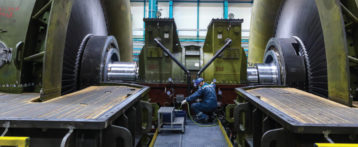
Varnish can be a real headache for those tasked with managing equipment uptime. Fortunately, advanced testing can help t ...

A special committee of the American Petroleum Institute is drafting a recommended practice for calculating the environme ...
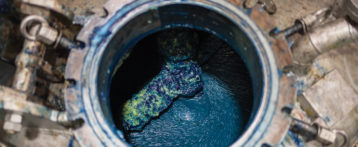
A research institute has developed two real-time methods for measuring the homogeneity of lubricating greases. What do t ...

Modern lubricant performance specifications usually contain a number of bench and engine tests, but an official with a G ...
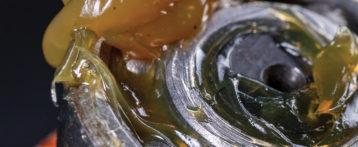
Quantifying Tackiness and Adhesion in Greases Standardization of test methods in the lubricants industry is neither a ...
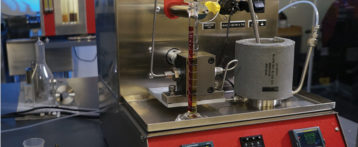
Lubricant bench tests are small-scale tests examining a specific aspect of a lubricant’s performance. Faster and cheap ...

Electric motor failure in hybrid buses caused by copper corrosion leads to the development of more effective e-transmiss ...

There are over 140,000 miles of freight and passenger railroad tracks in both the United States and Europe. As train whe ...
Sorry, a technical error occurred and we were unable to log you into your account. We have emailed the problem to our team, and they are looking into the matter. You can reach us at lubesngreases@omeda.com.
Click here link to homepage